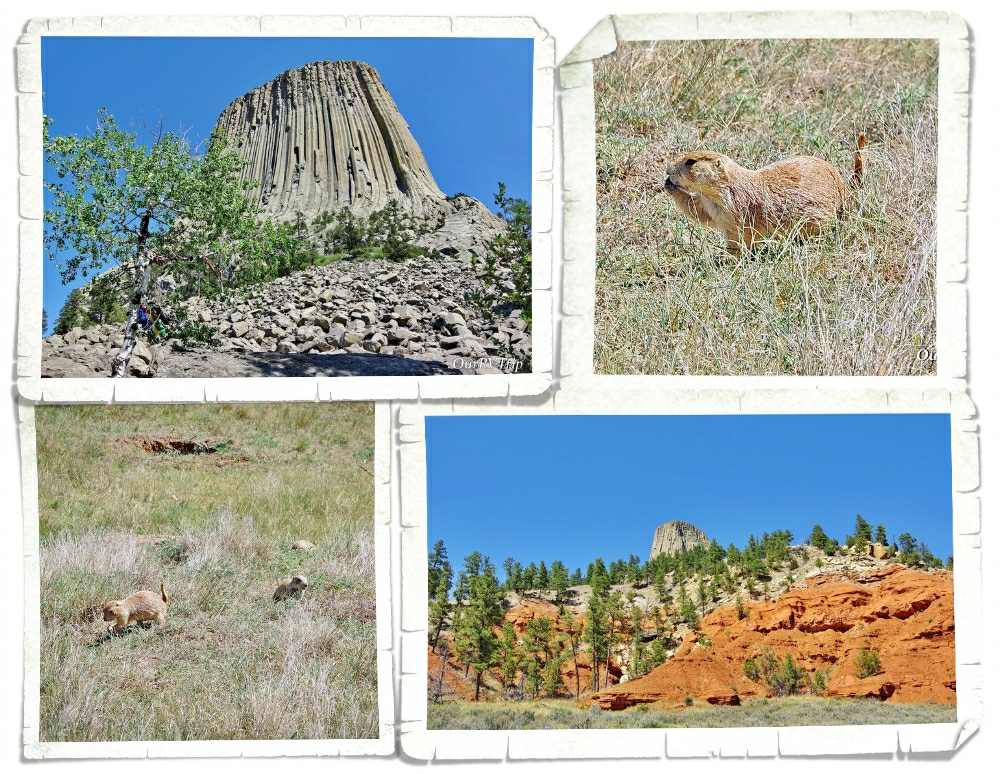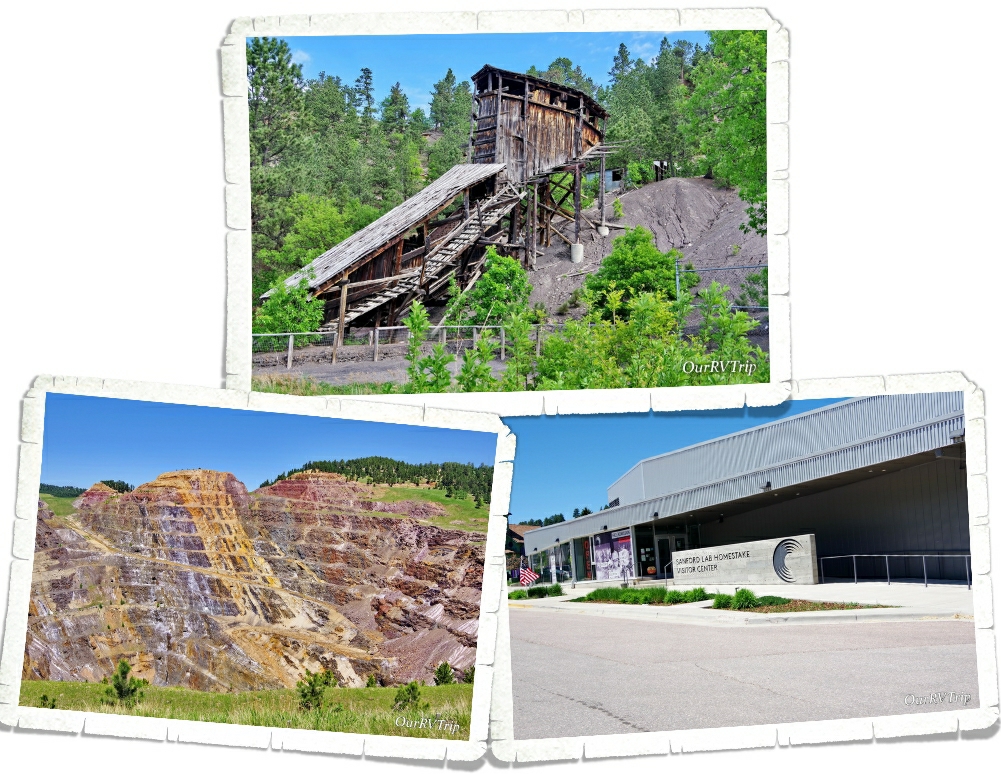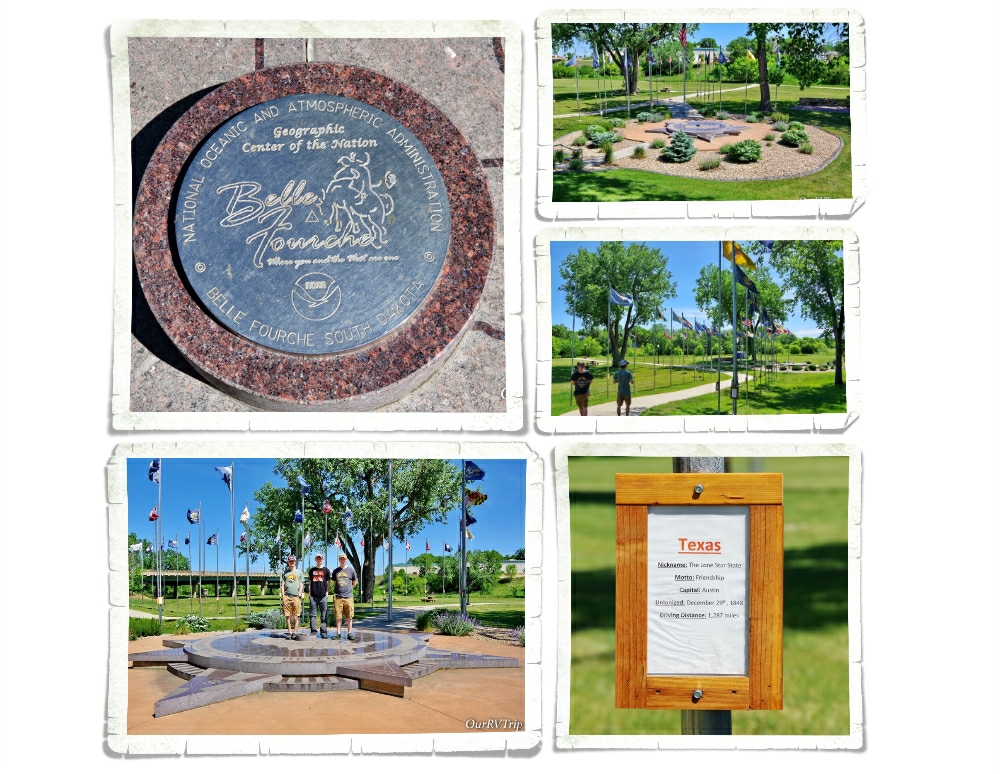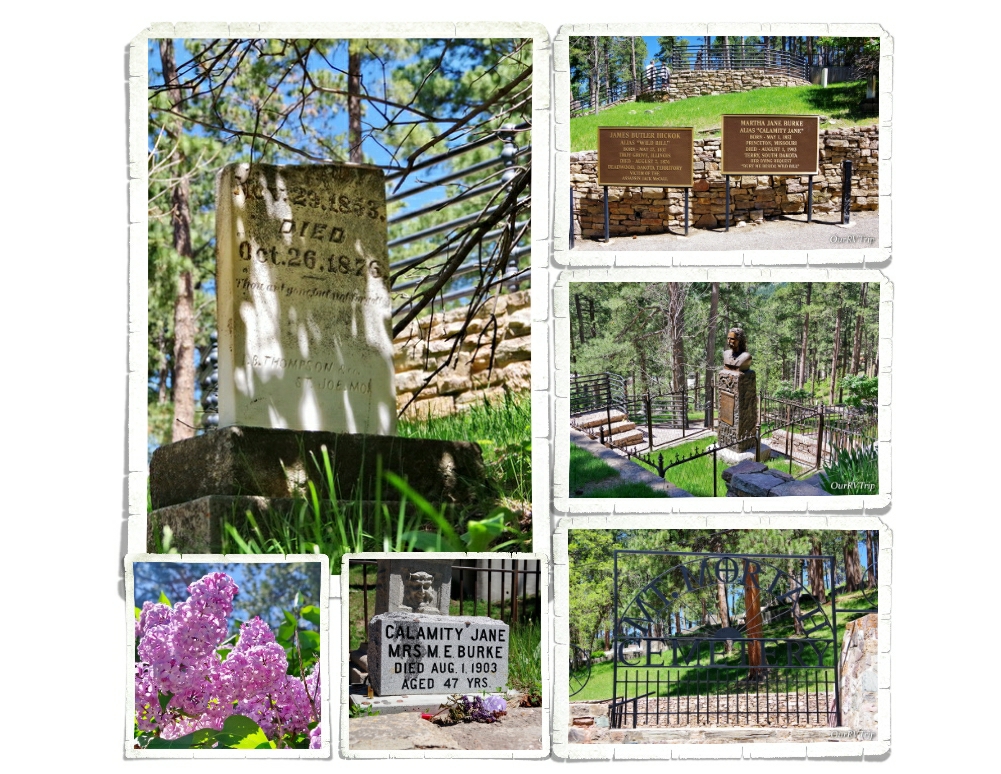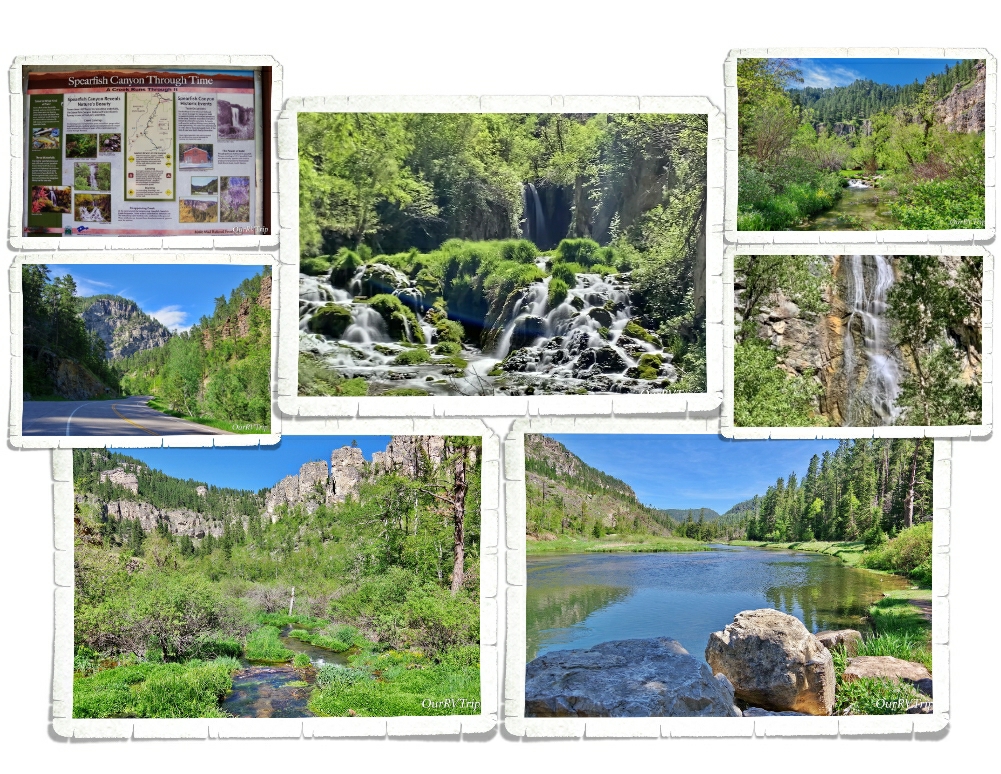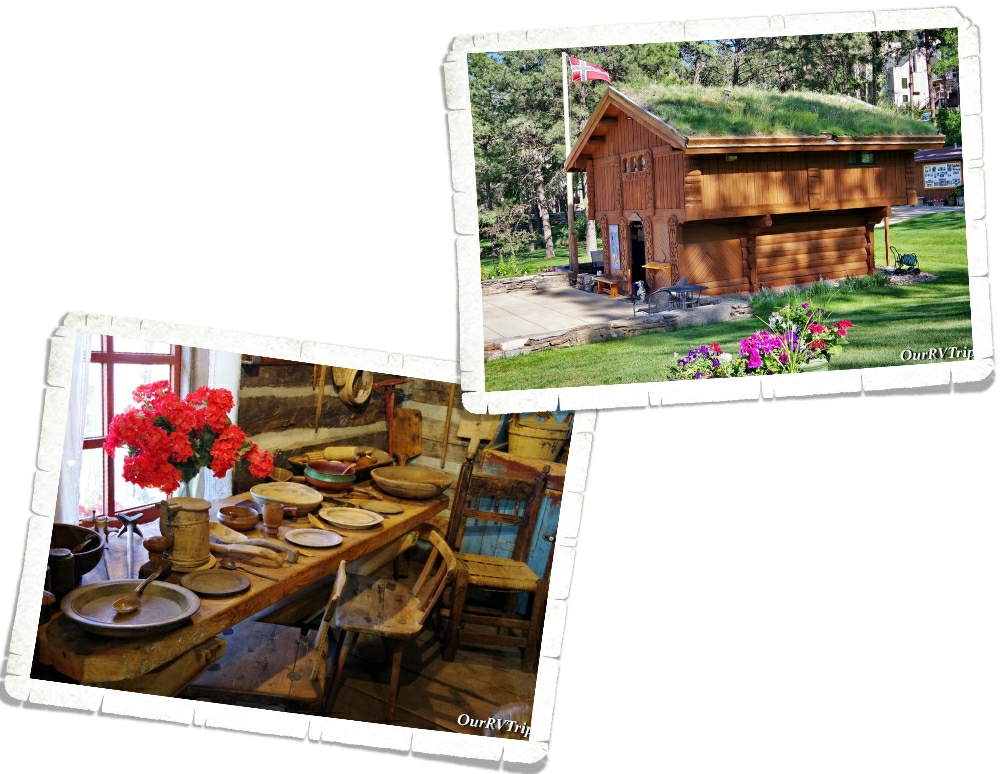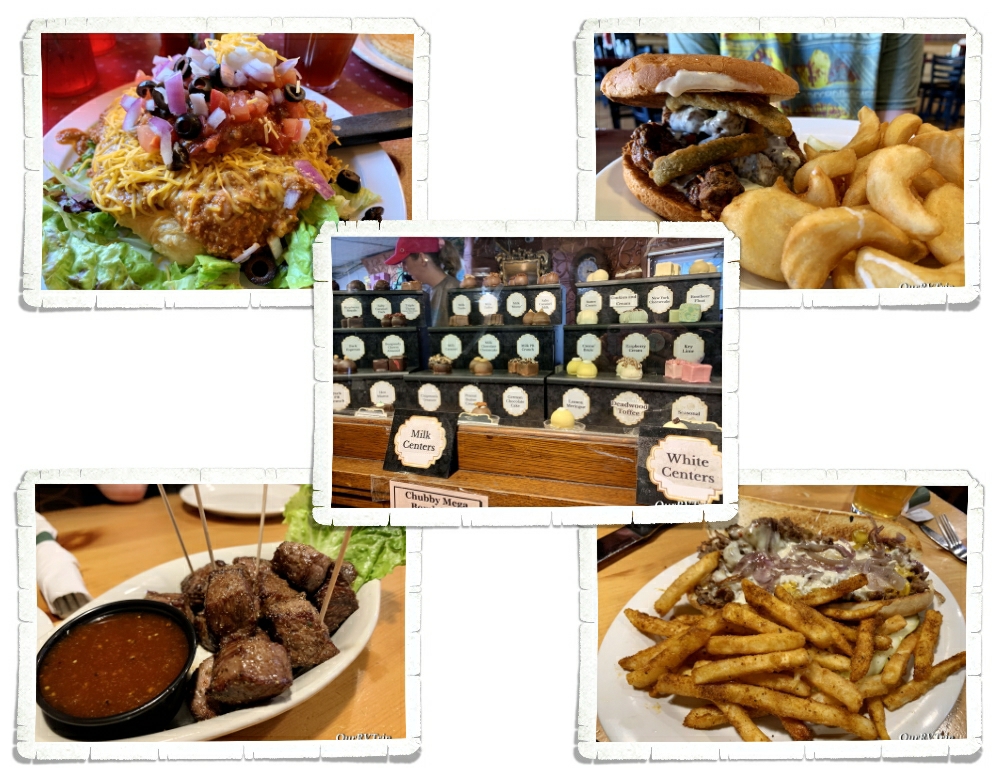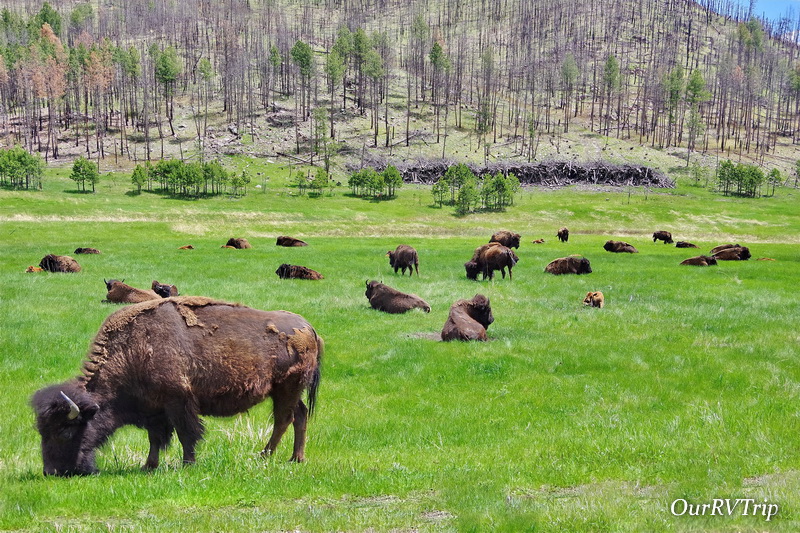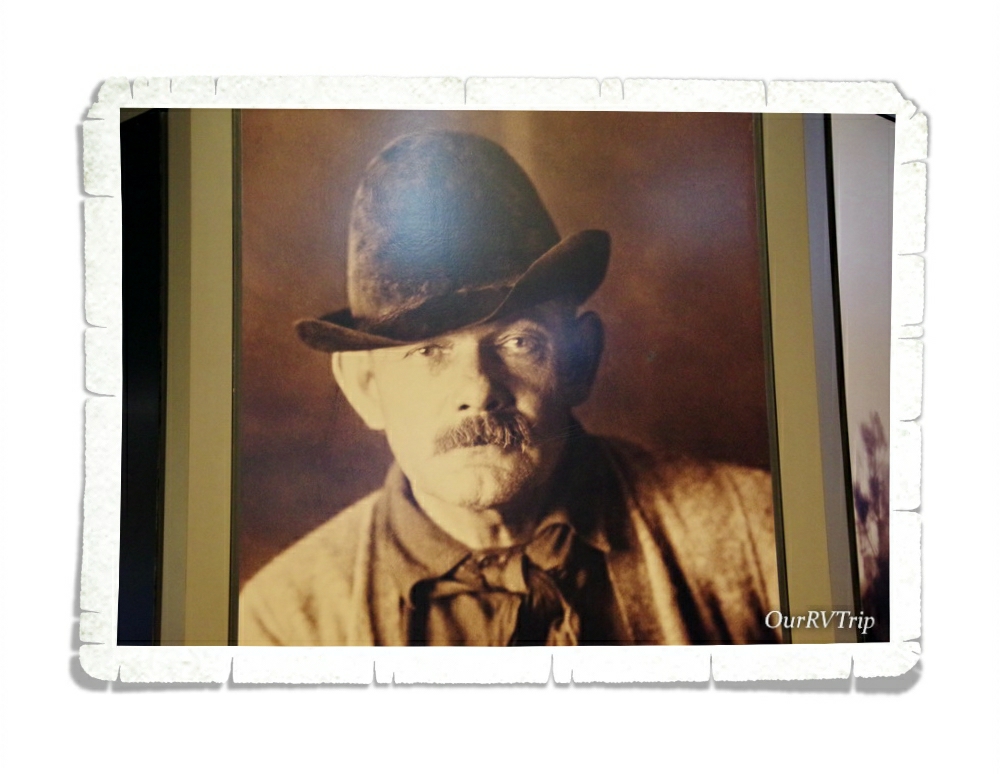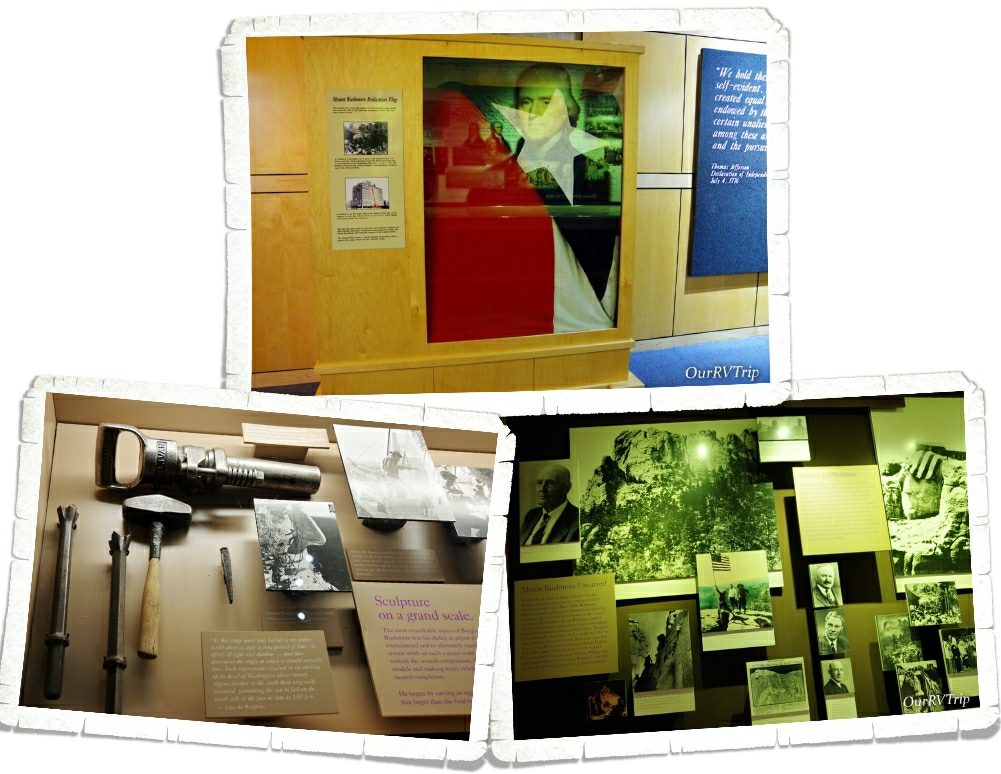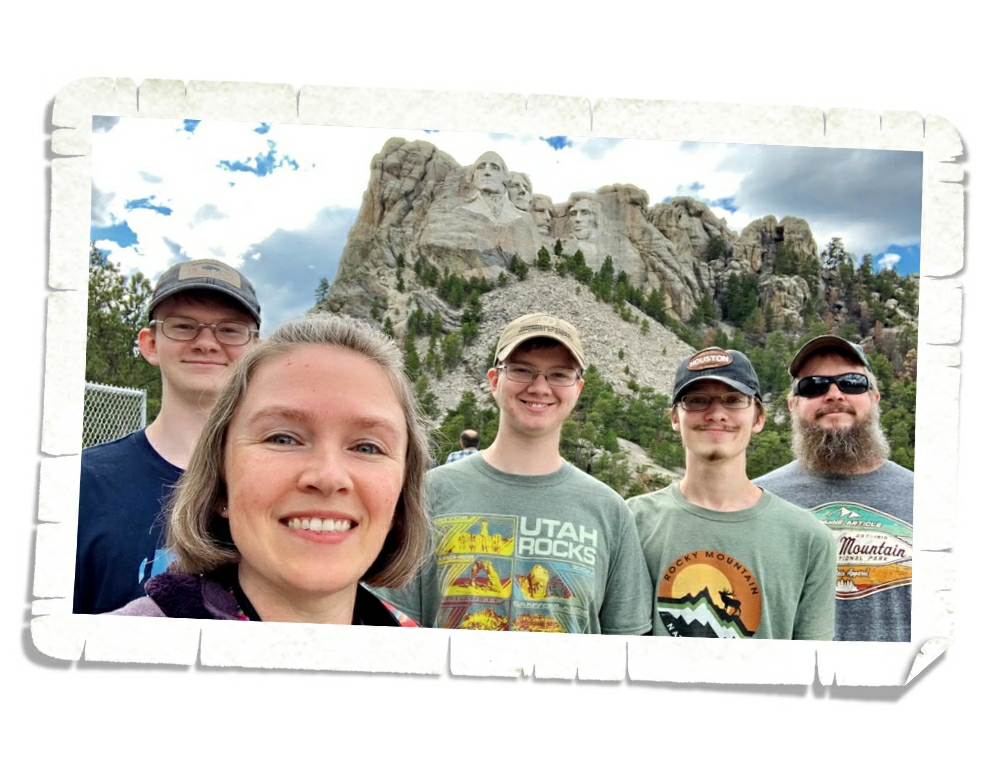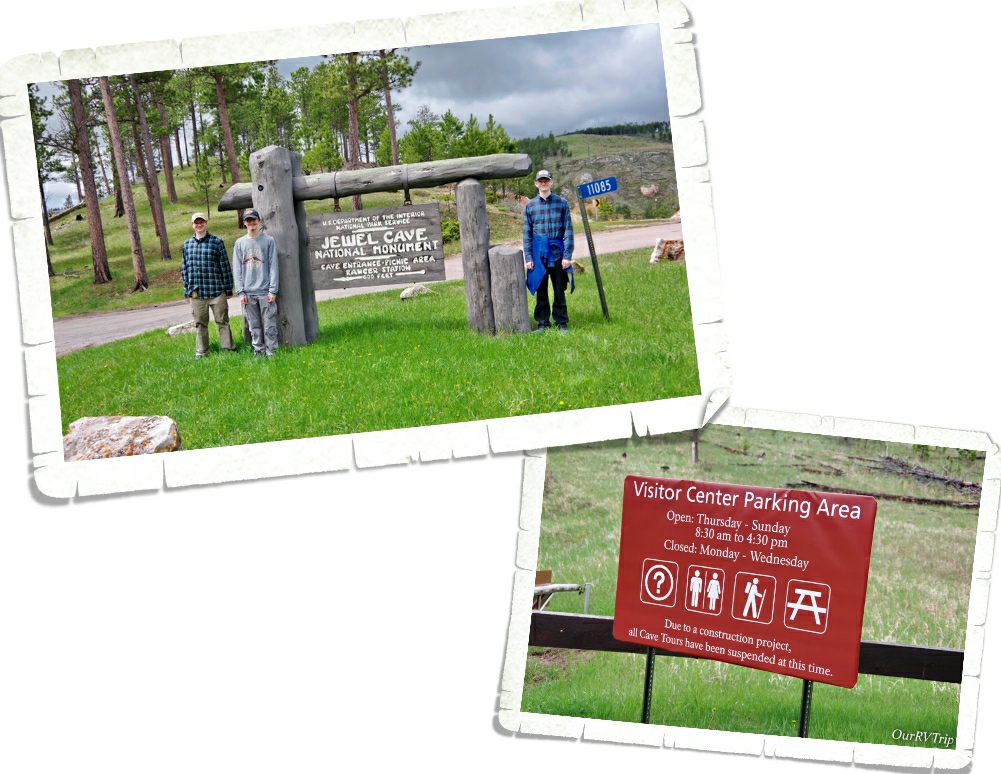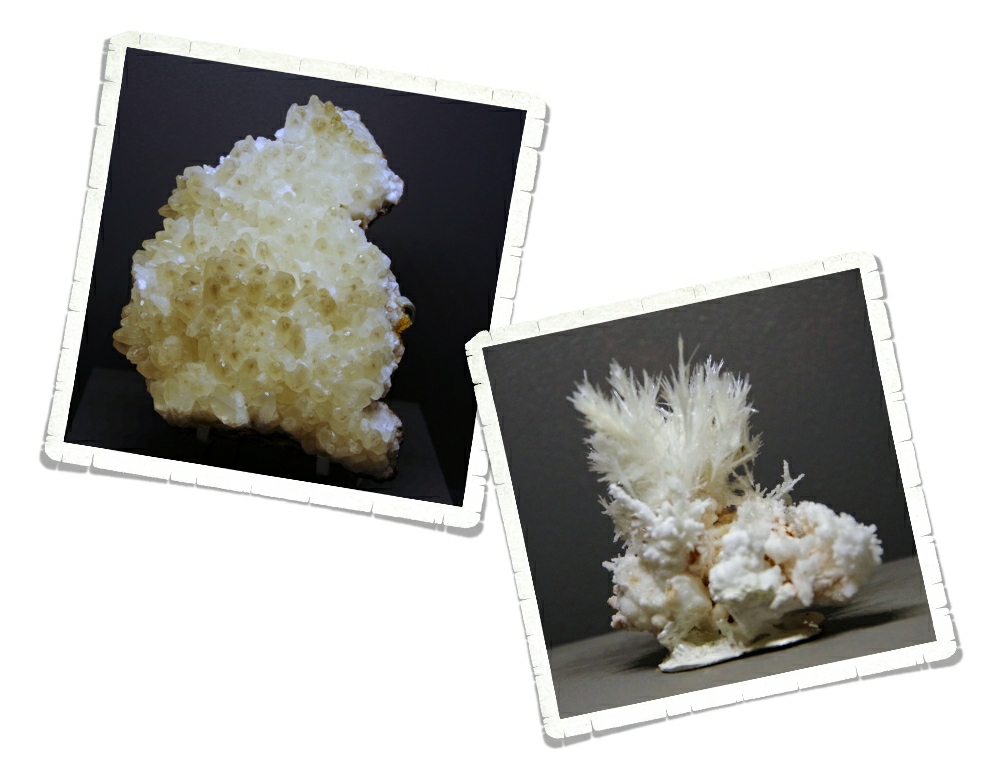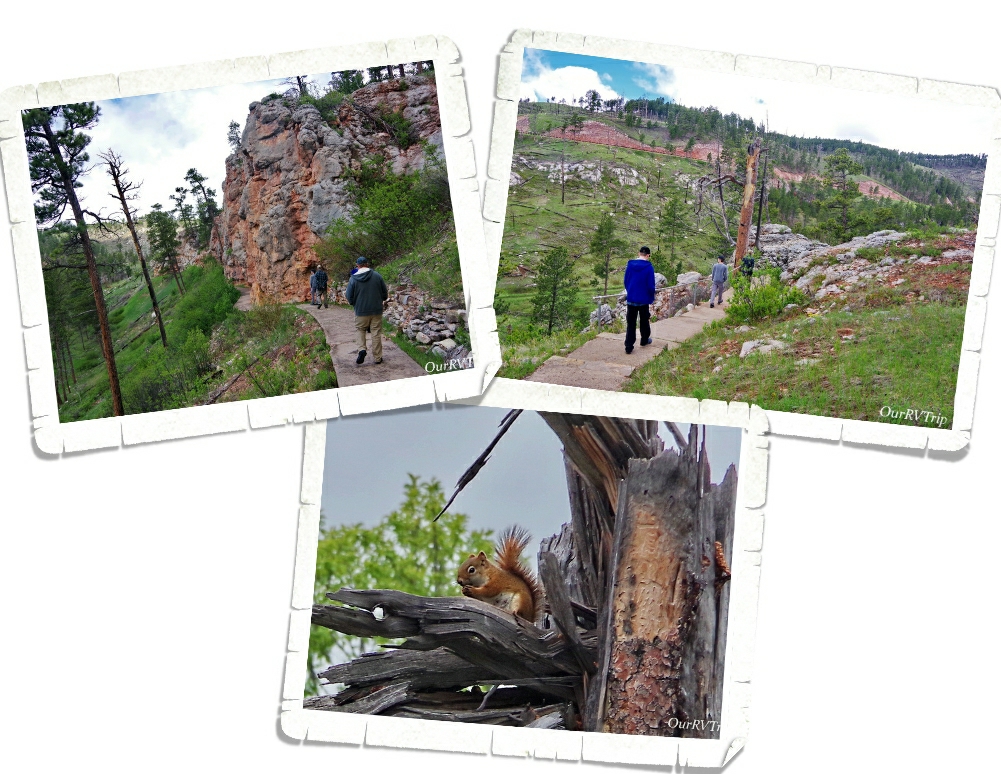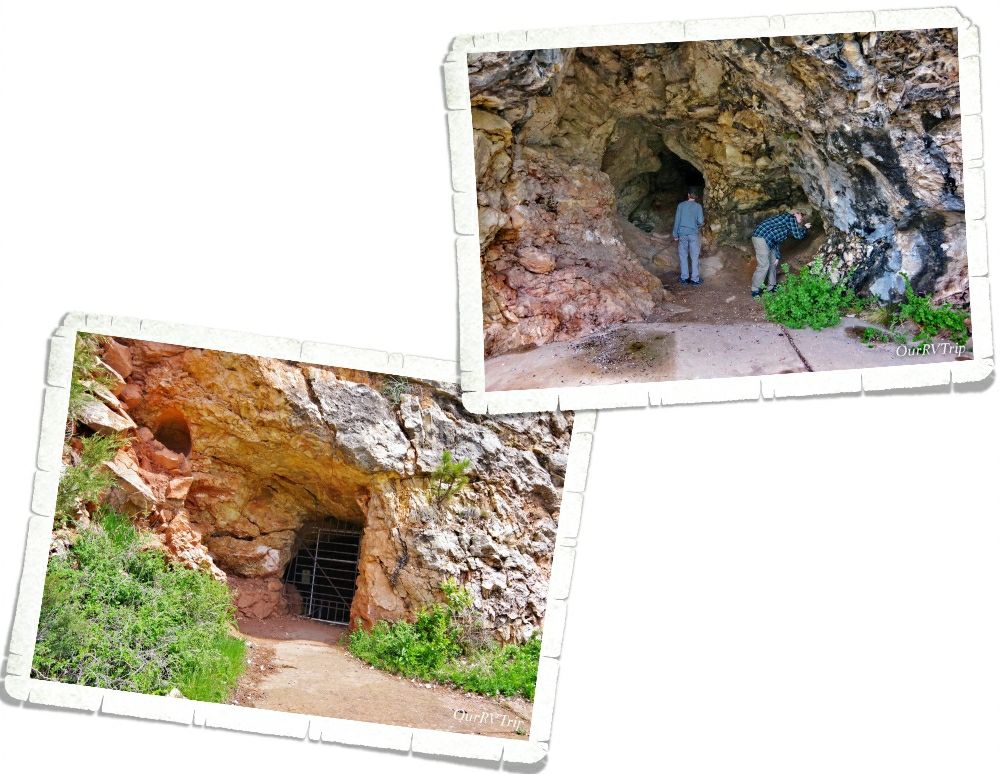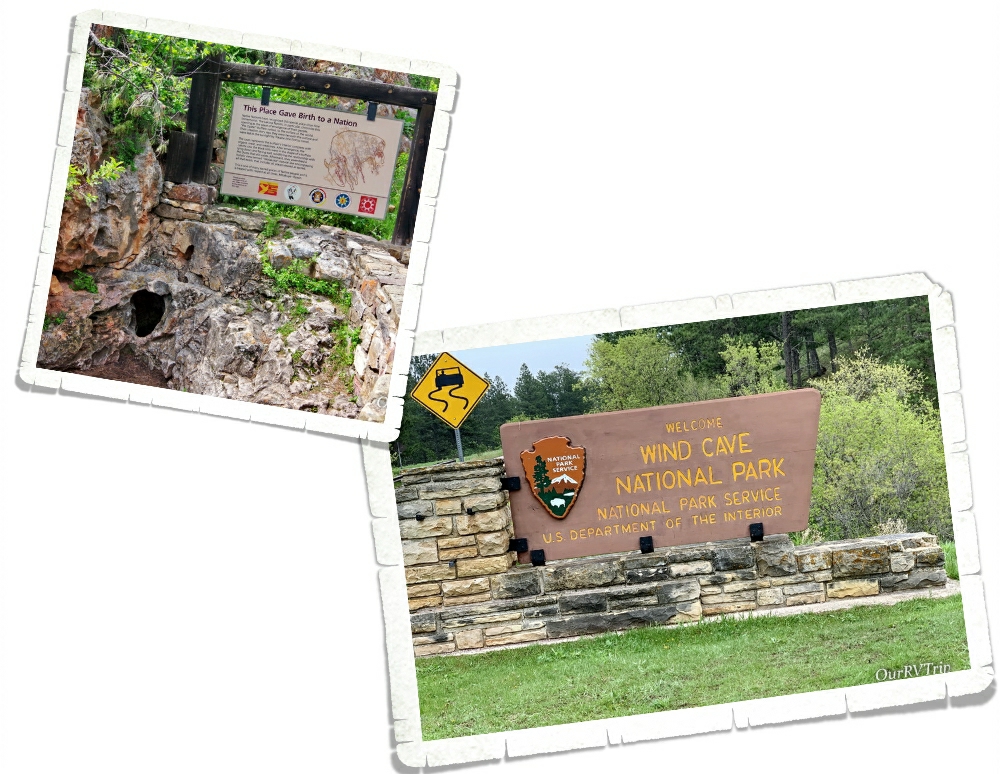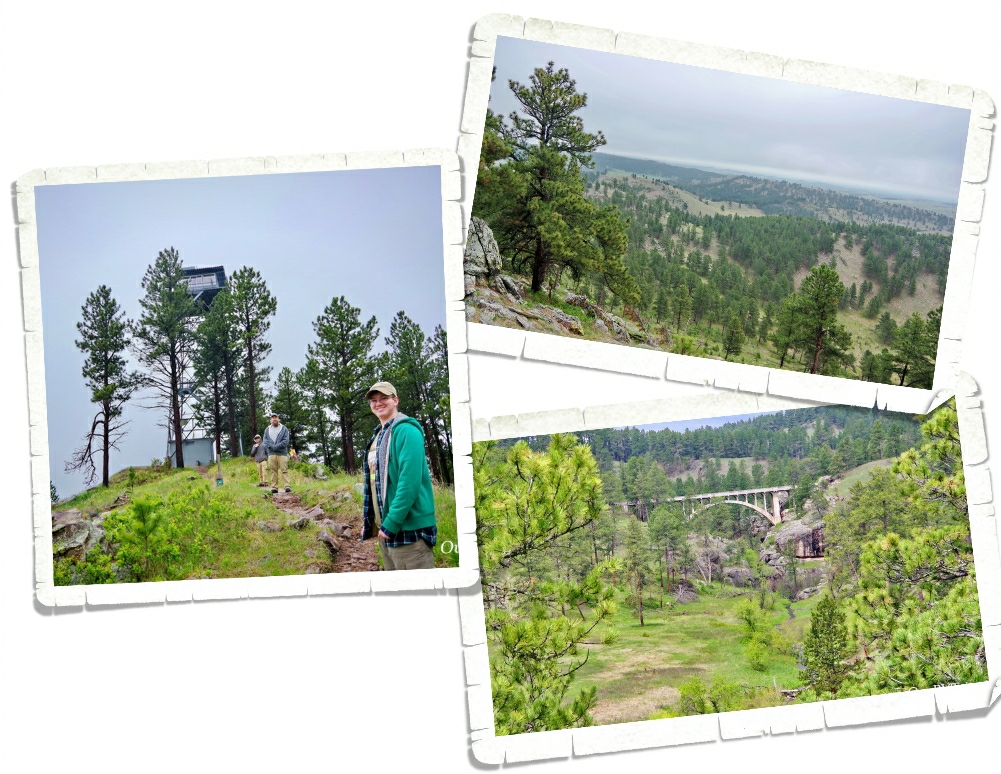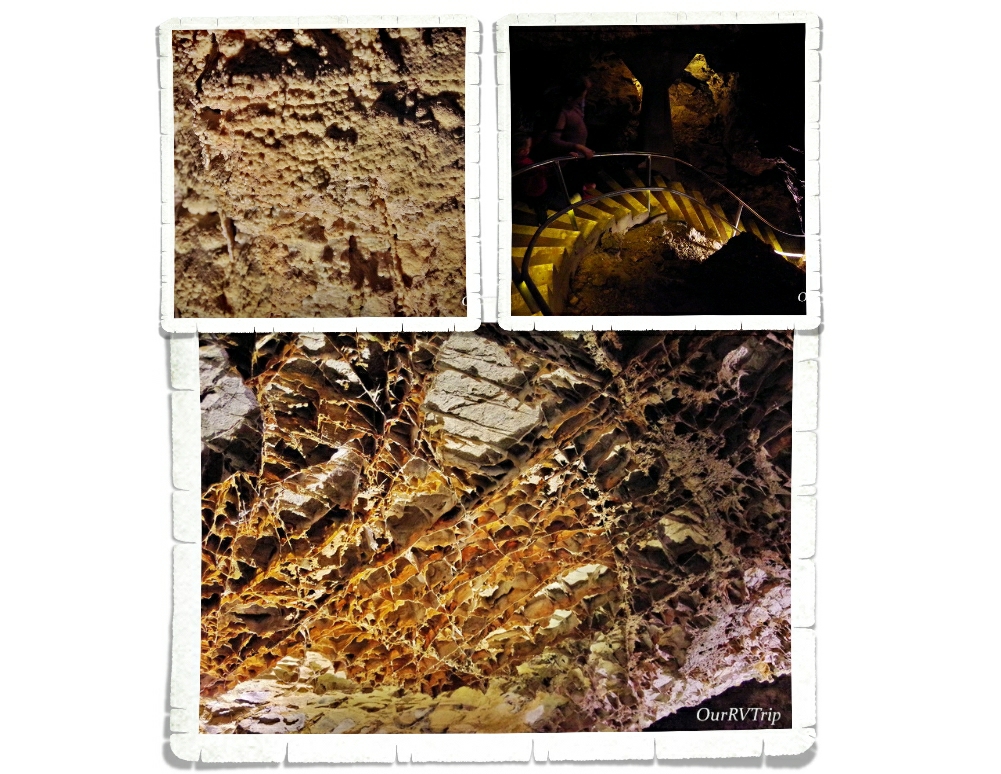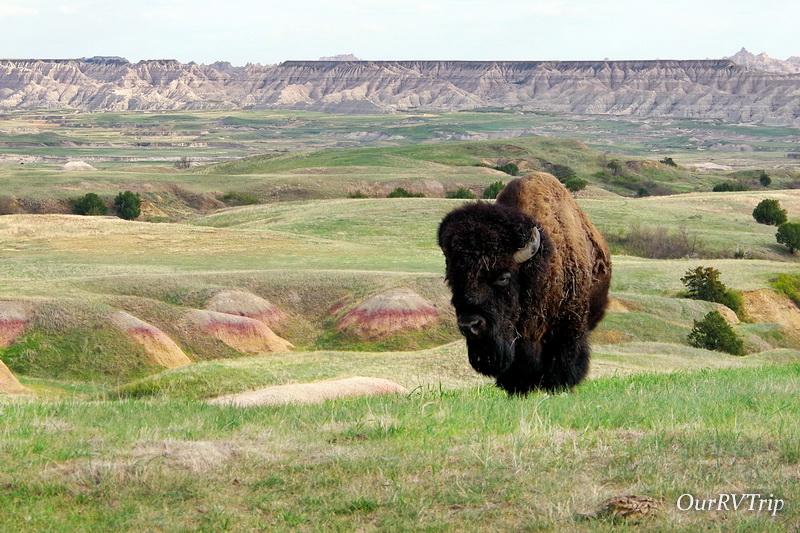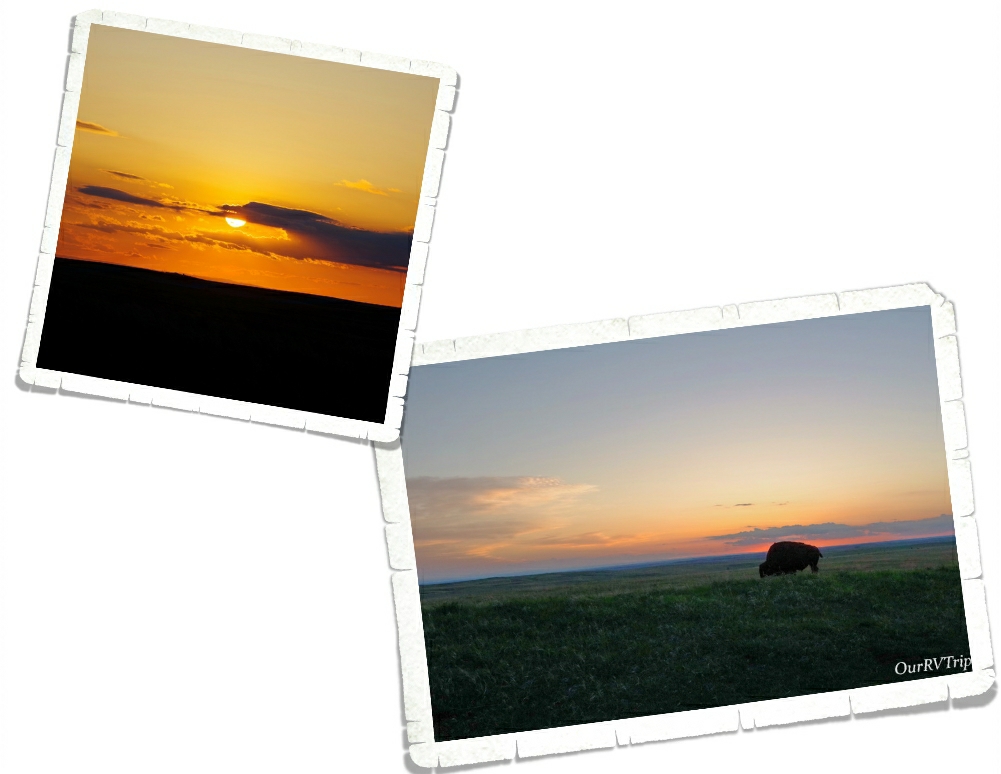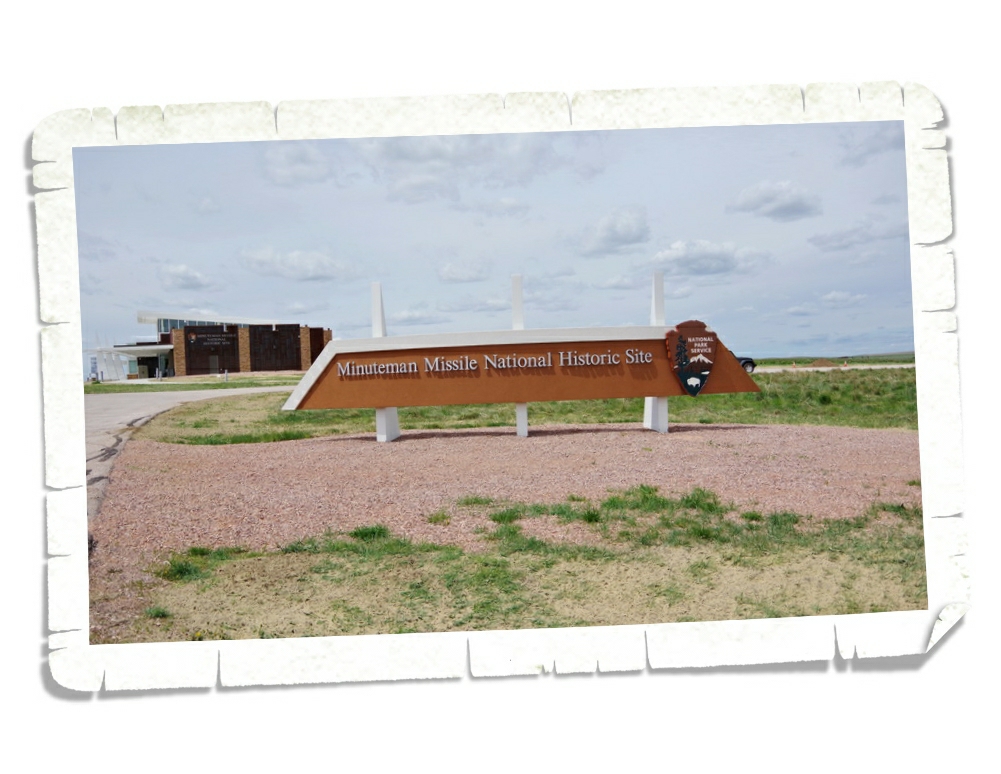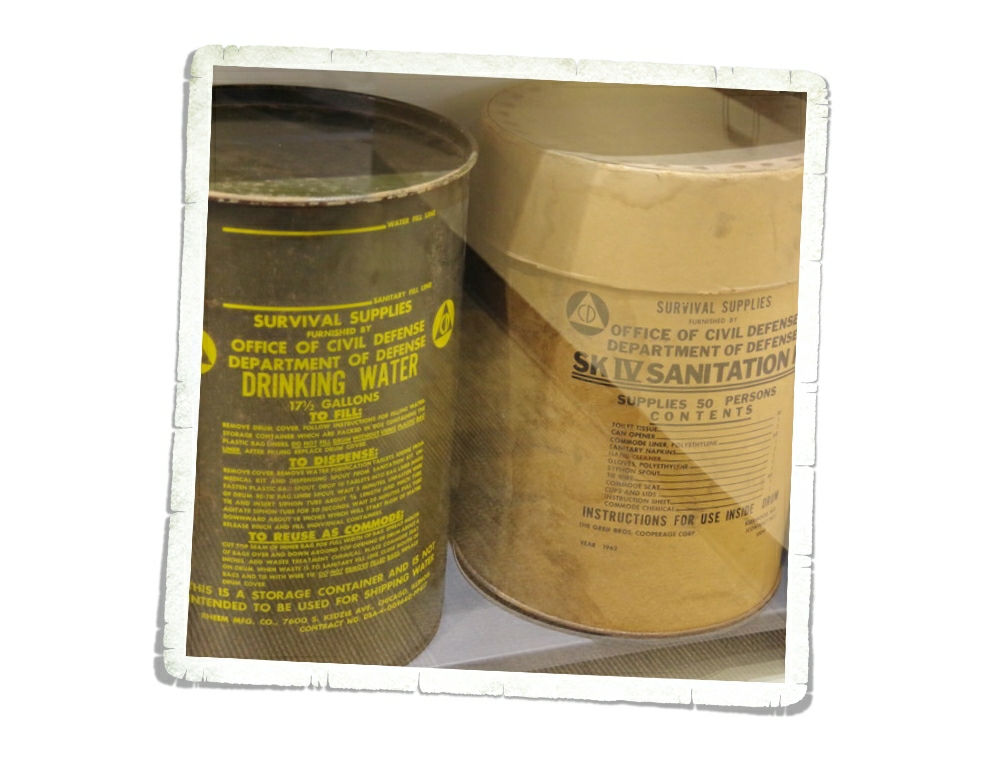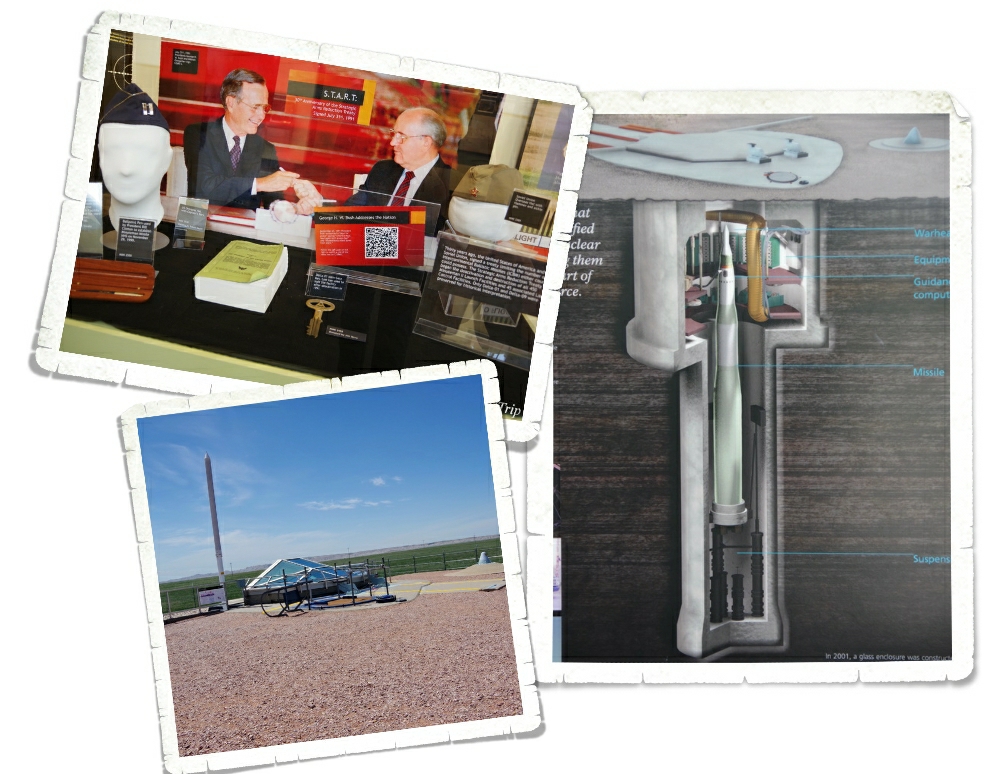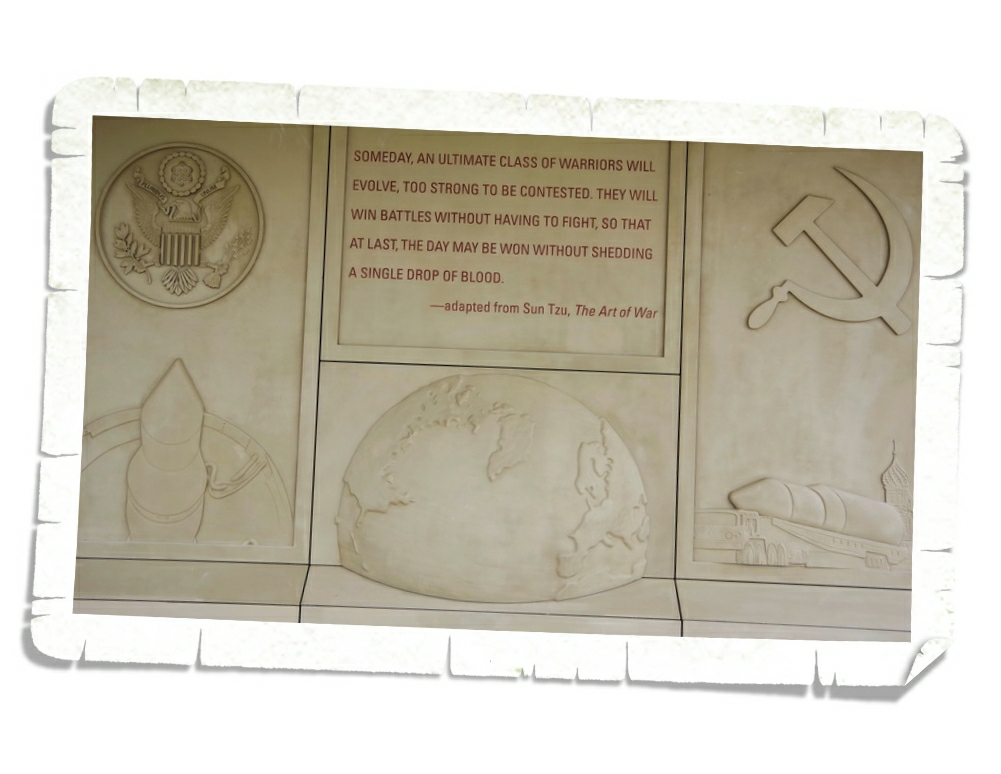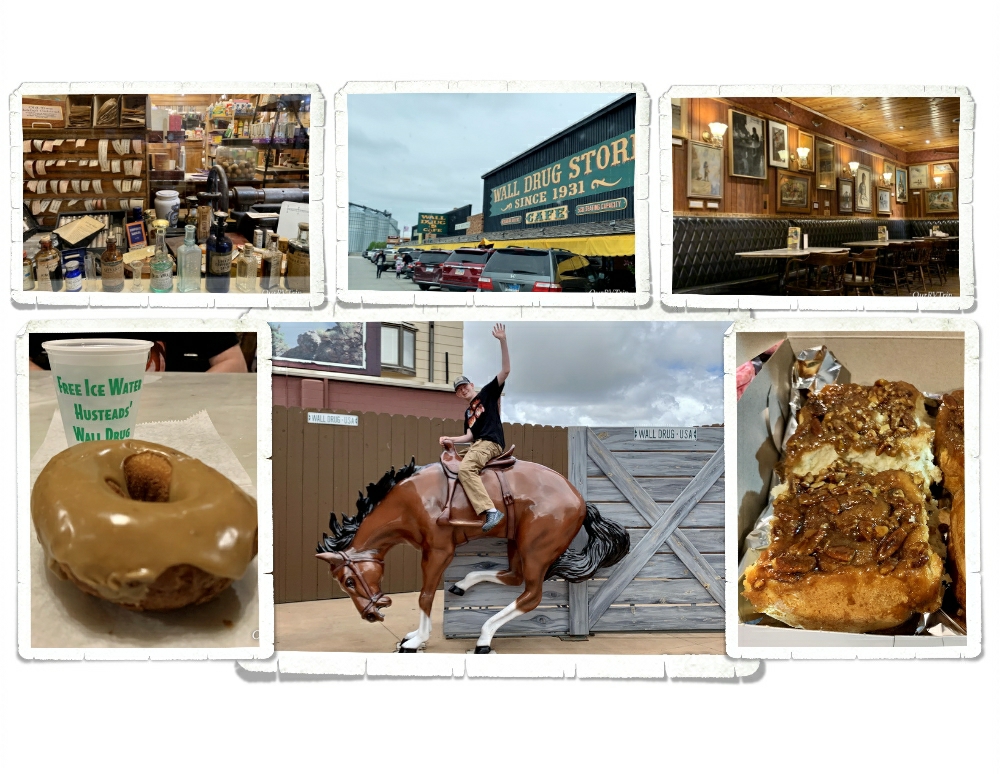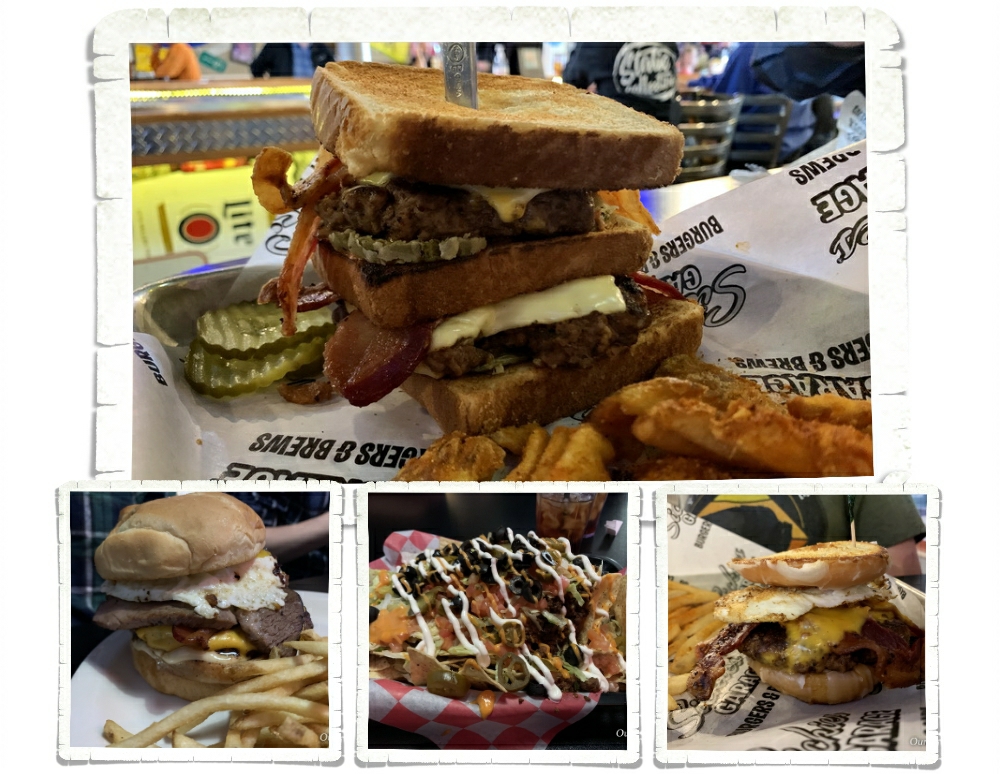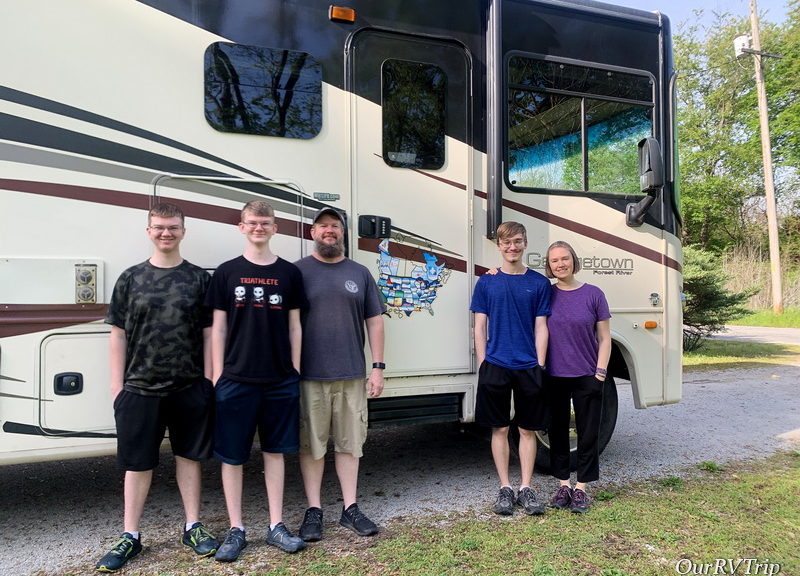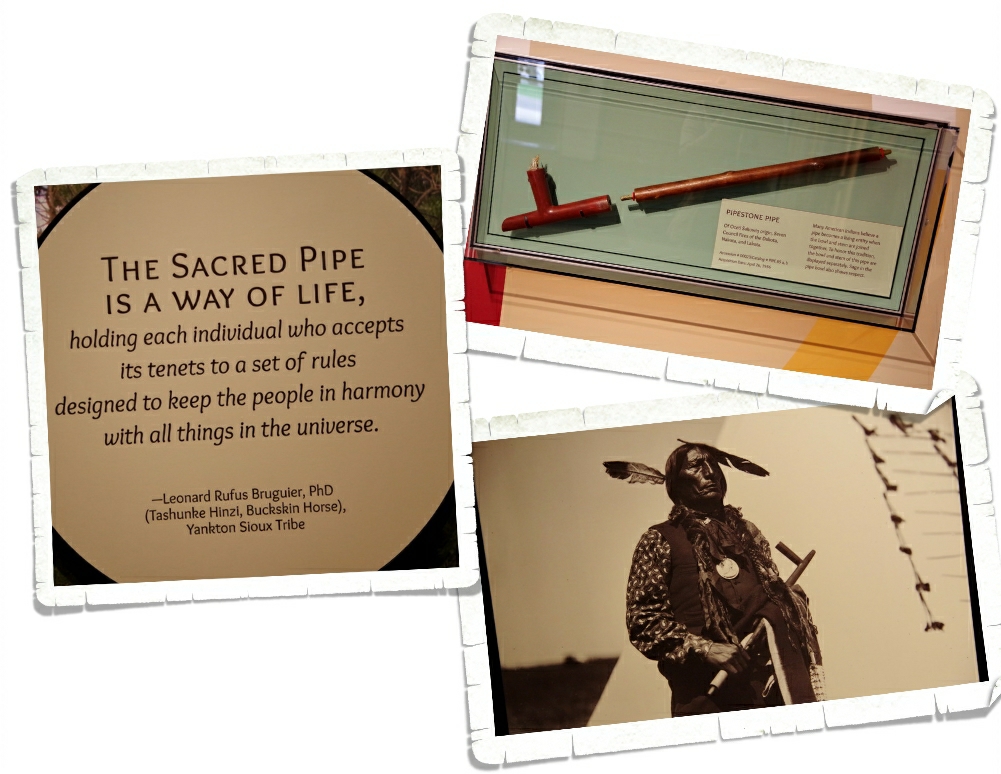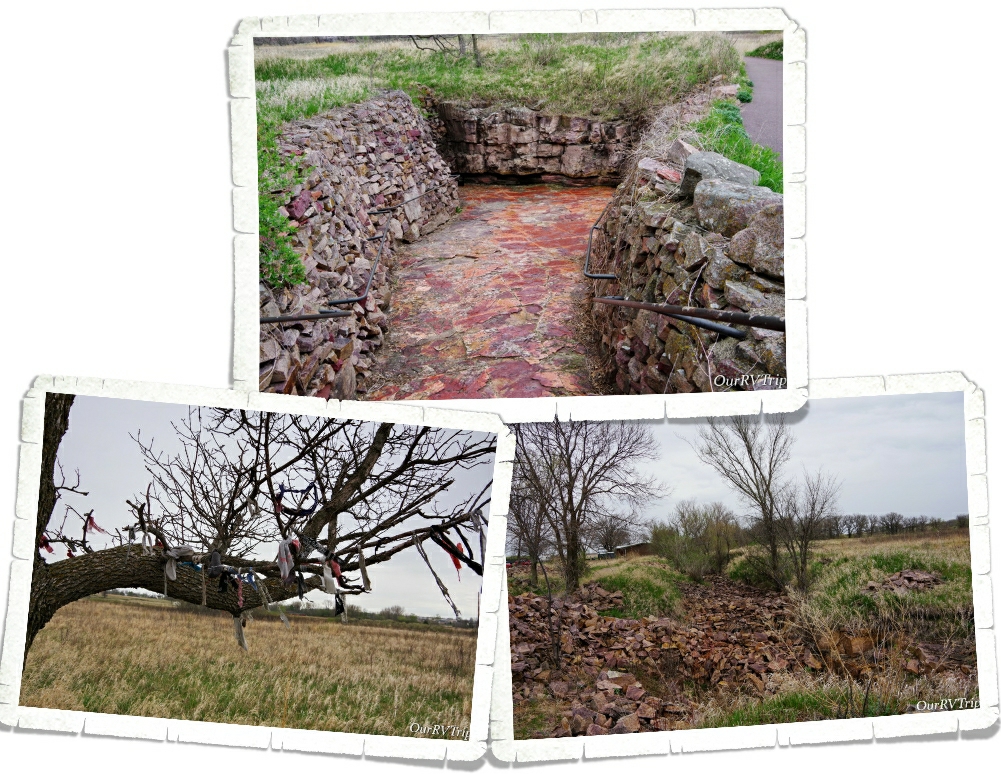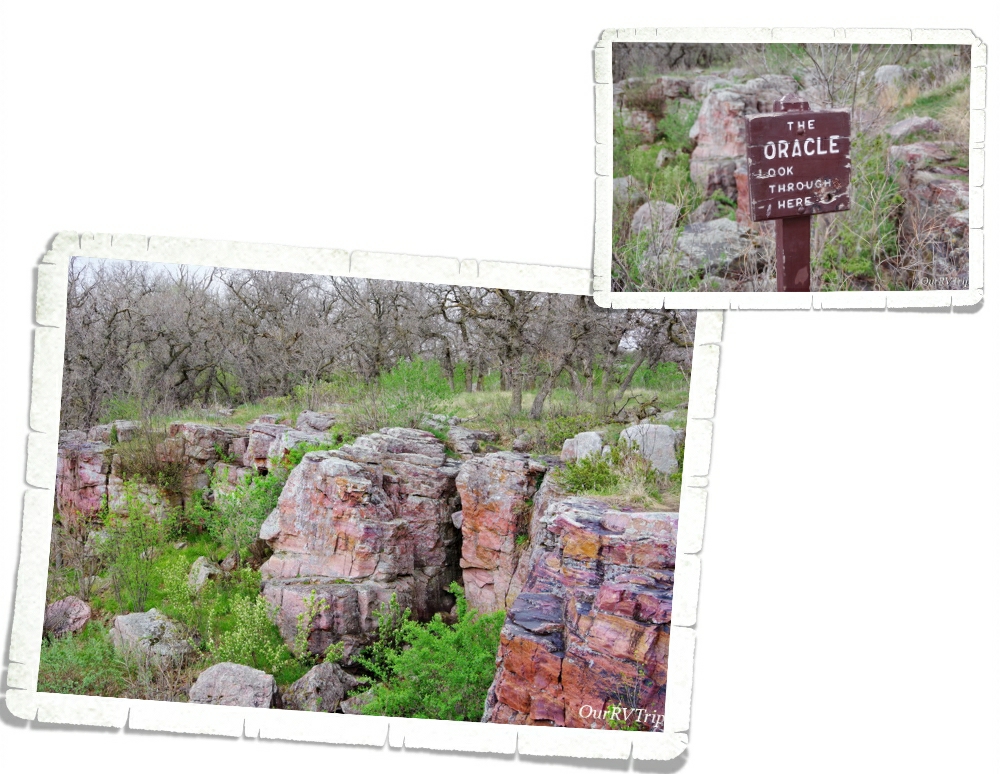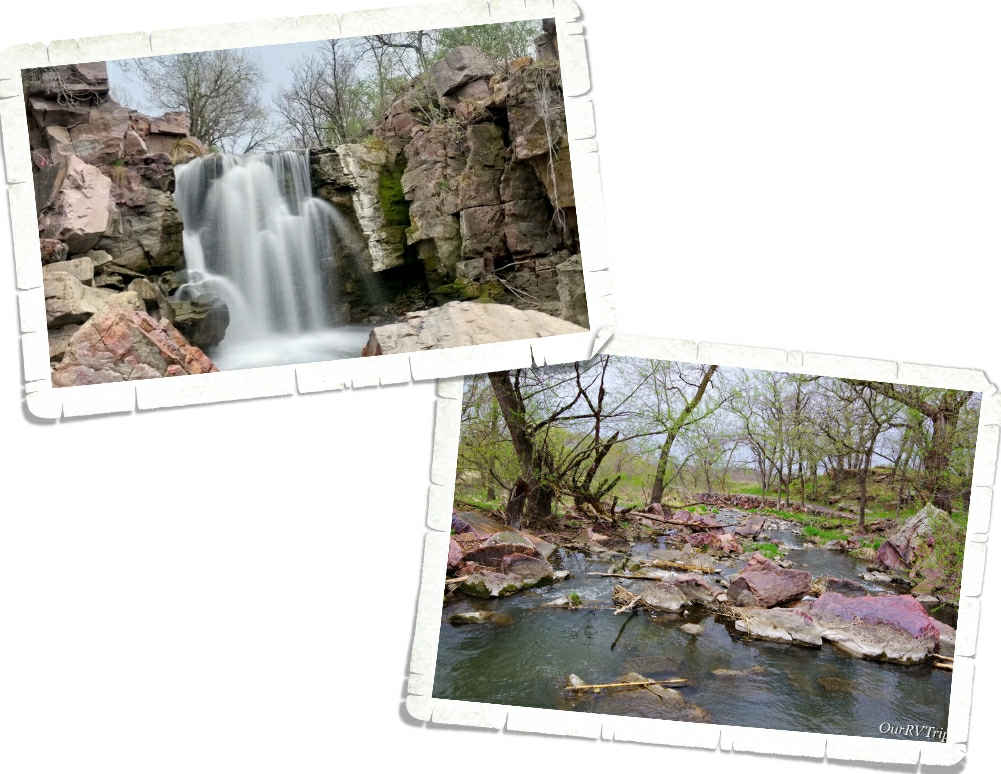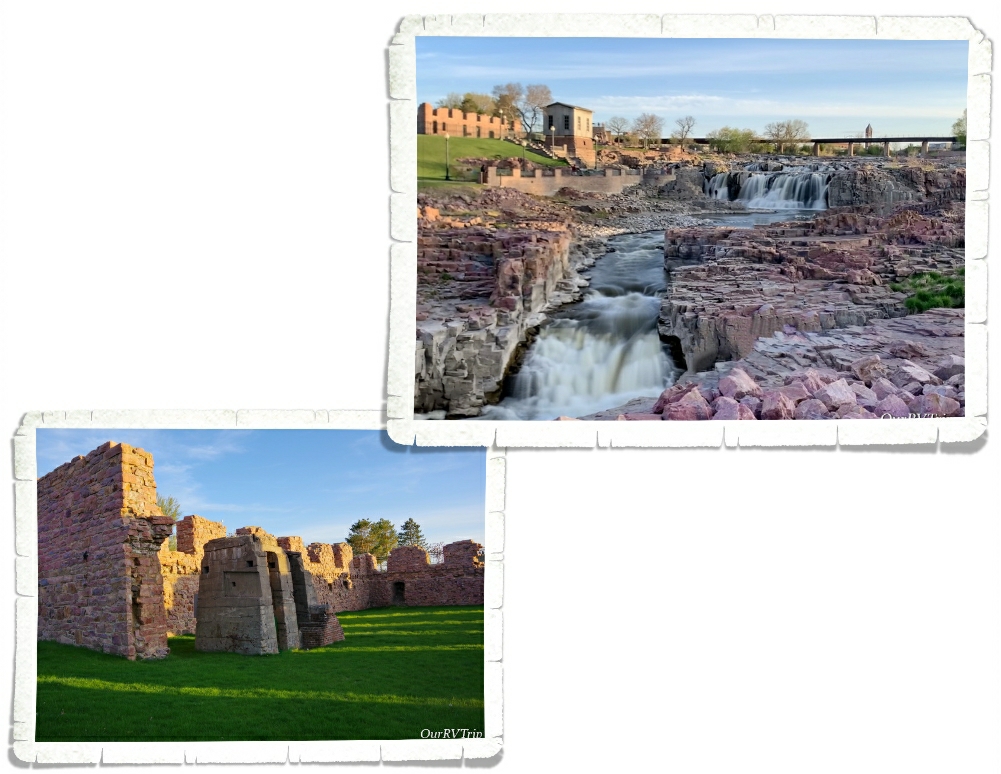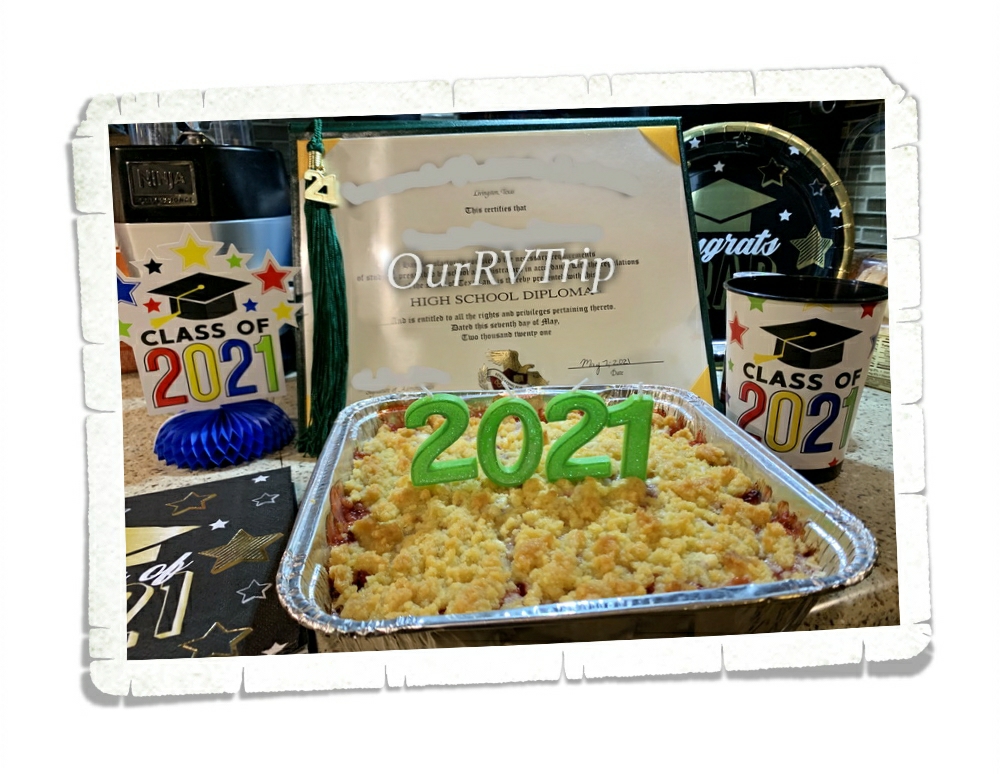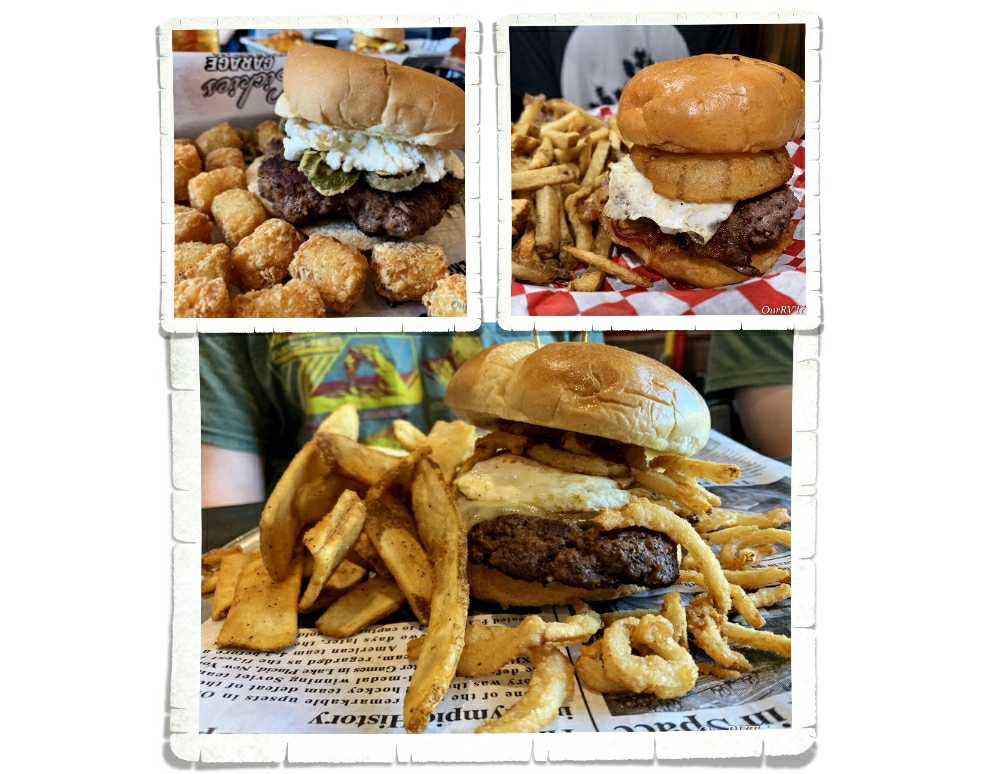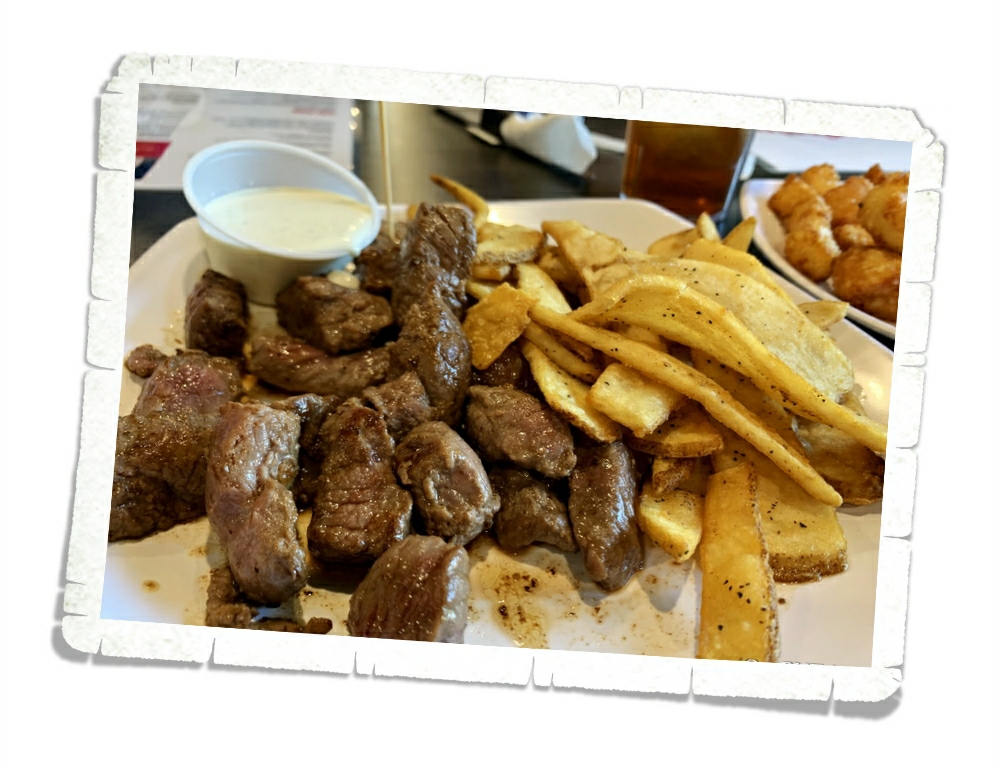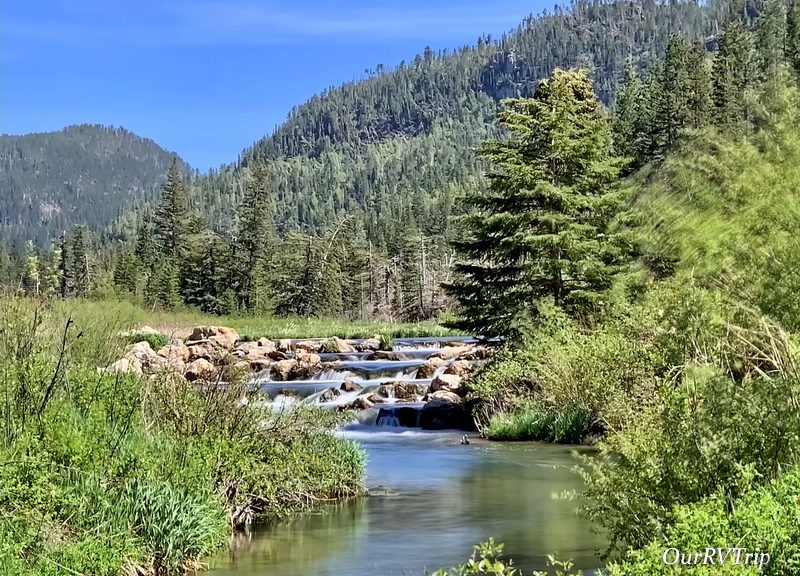
Towers, Canyons, and Waterfalls
Hey Guys! After we left Custer, we headed to Sundance, WY to check out Devil’s Tower National Monument.
The plan was to have a slightly more relaxed week in Sundance, but well…that didn’t really happen. We found out about a few more things to see/do in the area so buckle up and lets go!
The main reason we went to Sundance was to visit Devils Tower NM. It ended up being about a thirty minute drive from Sundance and we ended up having to go twice. The first time we went happened to be the only day of the week that the visitor center was closed. *palm slap* And yes, before you ask, I did check the website before we went and didn’t see anywhere that they’d be closed that day. So, we hiked up to the base of the tower and checked it out with about a hundred other people before heading on. It was neat to see. We were really disappointed with the lack of info about the tower or lore of the area in the park. When we went back… we checked the visitor center for info and didn’t find anything in the visitor center. We did notice that the local Tribes still put prayer bundles in the trees. That tells us they still see this land as scared. When I did some digging, I found that over twenty Tribes consider the site sacred.
Established in 1906, Devils Tower National Monument is America’s first National Monument. Wyoming is the home to the first National Park and the first National Monument! The tower is really a butte made of igneous rock from the cooling of magma. Over the years, the softer earth around it eroded away revealing the 1,267 foot butte we see today. For some reason, we’d all gotten it into our heads that the whole area would be more…desert like, but there was a nice forest surrounding the Tower! We were also surprised to see so much red dirt! It was almost like being back in the southwest! Almost. ;-} We found another prairie dog town! Is it just me, or are prairie dogs one of those animals you can watch for hours. They get up to so much mischief with one another! So much drama…LOL!
All of the Tribes have different names for the Tower…several of the names center around Bear. There are several different legends that go with the names, a few of them have a huge bear in them. I don’t know them well, but the one I can kind of remember goes like this… One day seven little Kiowa girls were playing far from their village and were chased by a bear. They ran on top of a rock and begged it to save them so the rock began pushing them up. The bear scratched up the rock and broke it’s claws as it was trying to get to the little girls. The bear kept jumping and the rock kept growing higher and higher until the little girls were in the sky where they still are today…the stars that make up The Pleiades.
We ended up doing two scenic drives here…one of them retraced a bit of the other…but the area is so pretty, no one really minded. We stopped by the Aladdin Tipple to see what we could see. The area is fenced off now because the darn thing is going to collapse any day. It looked like a strong breeze would knock it down, but it was neat to see. This mine was a coal mine used to supply coal to the gold mines of Lead and Deadwood. There were three different coal mines that used this tipple to supple coal to the train that would take it on to the gold mines. The last train left Aladdin in 1927.
We found the Sanford Lab Homestake Visitor Center by accident. We were driving through and needed a place to stop and figure out our route. We pulled in the the parking lot of Sanford…and well…being the nerds we are, we spent time geeking out in the little museum learning about the Homestake Mine and the science lab that’s connected to the building that does dark matter experiments. We were really hoping a tour of the lab would be available…but nope. We were so incredibly bummed. Apparently, you have to be a legit scientist…with some letters after your name… to get into the lab.
In the little town of Belle Fourche (Bell Foosh), SD you’ll find a memorial for the geographical center of our Nation. This includes Alaska and Hawaii. And…if we’re being nit-picky…it’s not the actual location of the geographical center. That can be found in a field about twenty miles away, and I think it might be on private property, but this little memorial is close enough. We had a good time wandering around all of the flags and reading each state’s stats. It even has a plaque that looks a lot like an official geological marker where you can snap a picture! Totally worth the stop!
We were so close to Deadwood…and we knew y’all would ask us if we went… So, we stopped in and took a walk down the main street of Deadwood. Back in 1876, thousands of people made their way to the city of Deadwood in hopes of finding gold and like most gold mine towns back then…Deadwood was a wild, rough and lawless type of place. We saw the place where Wild Bill Hickok was shot by Jack McCall and the place where McCall was caught. We saw the famous Brothel and the historic Adams House. We opted not to take any of the tours. While we enjoy the history of places like this, none of us like the showy tourist side of it. We did find a wooden dragon (Toothless) that was pretty darn cool.
We skipped the daily shoot out/gun fight street show, but found our way up to the Mount Moriah Cemetery where we got our daily steps in walking up and down the steep hills. We found both Wild Bill Hickok’s and Calamity Jane’s grave sites. There were some beautiful lilac bushes blooming while we were there and I spent quite a bit of time with my nose stuck in them!
Spearfish Canyon Scenic Byway snakes through a nineteen mile gorge with thousand foot high cliff sides and is filled to the brim with postcard worthy pullovers and hikes. You can easily fill an entire day or two hitting all of the hikes and sights on this scenic drive. We were there in the spring, but I’ve heard it’s absolutely gorgeous in the fall with the leaves changing colors. I’d love to go back someday!
I’ve had the Chapel In The Hills on the list for quite a while. It’s an exact reproduction of the famous Borgund Stavkirke in Laerdal, Norway and was built by a local Lutheran Church as a home for their radio ministry. Today, visitors are welcome to roam around and enjoy the peaceful area or walk the meditation trail. The chapel is gorgeous and definitely needs to be seen in person.
You’ll also find an authentic grass-roofed store house or “Stabbur” that is used as a welcome center/store. It was built in Norway and then reassembled in it’s current spot. We went in and bought a few Norwegian items. There’s also a little cabin that was built by a Norwegian immigrant gold prospector back in 1876 and is now used as a small museum. I loved walking around the little chapel and the grounds. We got there in the evening and had the place almost to ourselves. We were lucky with our timing…apparently, the chapel is a very popular wedding spot.
We were only in Sundance for a week but man-oh-man did we squeeze a lot of adventures into that one week! We found some pretty good foodies too! We had to have chislic one more time and we found the Deadwood location of the Chubby Chipmunk for some more hand dipped truffles! Jerl had one of the best Philly Cheesesteaks he’s ever had while we were in Deadwood…it was at a place called Mavericks. It’s a casino, but they let families go up to the restaurant. I found an Indian Taco at a little diner called Cheyenne Crossing in Lead, SD. I was skeptical about getting an Indian Taco in a state other than New Mexico, but someone at the RV park we were staying in told me that she grew up in New Mexico and thought the Indian Tacos were really good. And Guys…they are. Its not the same as the Navajo Tacos you get in the Southwest that are covered in spicy green chilies (those are still my fave), but the Indian Tacos at Cheyenne Crossing are so good I would totally go back just for another!
Well, Guys…I think I’ve covered everything we did in the Sundance area! We saw a lot, but missed just as much. I should have scheduled two or three weeks instead of just the one!
See Y’all down the road!
#NationalParkTour


